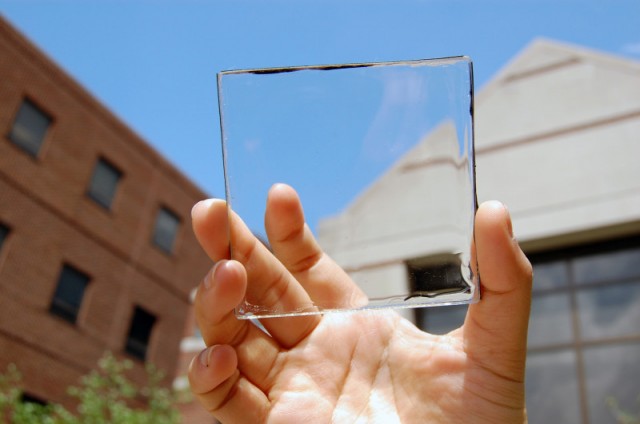The Future Is Clearly Solar

 With solar efficiency and popularity on the rise, energy-grabbing solar panels are beginning to pop up all over the place. Innovative solar-panel applications are becoming commonplace, like the solar-powered plane that can circle the globe and the road made out of solar panels in the Netherlands. Solar is an excellent and clean energy source that helps combat global warming, but the expense of the initial installation has slowed its progress in the market.
With solar efficiency and popularity on the rise, energy-grabbing solar panels are beginning to pop up all over the place. Innovative solar-panel applications are becoming commonplace, like the solar-powered plane that can circle the globe and the road made out of solar panels in the Netherlands. Solar is an excellent and clean energy source that helps combat global warming, but the expense of the initial installation has slowed its progress in the market.
Making Solar Energy a More-Accessible Option
Efforts by state and federal administrations have made solar power increasingly affordable for average homeowners to install. White House officials recently revealed an ambitious plan to increase the presence of sustainable energy systems across the country. Yet, if solar energy is becoming more affordable and consumer demand is growing, what is preventing people from installing a system? The answer is alarmingly simple: how the panels look.
More than a few people think solar arrays are downright ugly. The Dallas Morning News recently reported on why Texas residents were so resistant to solar panels in a state that could widely benefit from the technology. At least one real-estate agent voiced an objection saying that visually, solar arrays in people’s front yards were akin to clotheslines and broken-down trucks. Maybe it’s more about fear of change than a degradation in aesthetic appeal.
A Clear Solution to Transparent Objections
As usual, science has presented a solution. Several research groups have been working to develop clear solar panels. Sunpartner Technologies has developed a system that can effectively turn the screens of mobile phones into energy-collecting panels. In addition, researchers at Michigan State University have developed transparent photovoltaic panels that may be able to replace glass surfaces.
Clear solar panels would open up the solar market even further, giving companies a way to install arrays so they are discreet, thus taking care of any objections about aesthetics. In the future, energy-efficient homes may have more sunroofs than clunky solar panels, and skyscrapers may rely on electricity generated from thousands of solar-powered windows. Cities could become their own power grid. Electric cars could run on energy gathered from solar-paneled windshields.
Global warming is a real and serious threat to the environment. However, innovative solar-panel applications offer hope for a green and sunny future.
What Do You Think?
How would you like to see solar panels applied in your home or city? Let us know in the comments!
